Has the Flying Kangaroo finally broken its glass ceiling? A timeline of the Qantas Sale Act
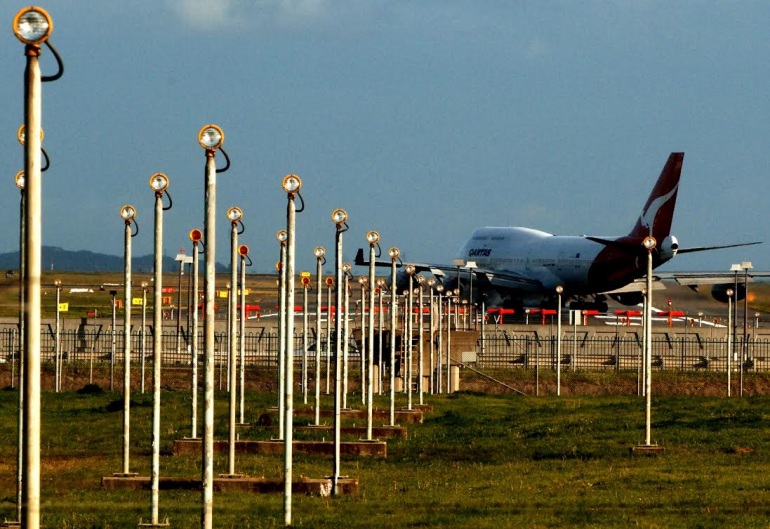
Will Qantas still be called Qantas in five years’ time? How many jobs will the airline send offshore? Will our national carrier still call Australia home?
These are the questions being asked off the back of the government’s announcement that it would move to amend the Qantas Sale Act.
So what does that actually mean? Here’s a primer on the topic.
The Qantas Sale Act explained
The focus on this issue has been on the act’s cap on foreign ownership. It affects the airline in three ways:
- No single foreign shareholder can own more than a 25 per cent stake in Qantas;
- No foreign airline can hold more than a 35 per cent stake in Qantas;
- Total foreign ownership must not exceed 49 per cent.
Amendments to the act will potentially lift or abolish these caps. But, they could also change a number of other clauses that prevent Qantas from making a number of key changes to its business. As it stands, the act:
- Prevents Qantas from changing its name and brand. Jetstar is a separate company within Qantas Group, so it is exempt;
- Prevents Qantas from merging with other international airlines.
- Requires that the majority of Qantas’ board of directors are Australian citizens;
- Impels Qantas to employ the majority of its flight services, aircraft maintenance, catering, training and administration in Australia.
The government has argued that other laws such as the Migration Act and the Fair Work Act will still stop Qantas from shifting the majority of its operations overseas.
Any amendment to the act may also see Qantas split into two separate companies to fully capitalise on the change.
Existing laws will allow Qantas to fuel its domestic division with foreign capital. But due to the Air Navigation Act, which allows Qantas to operate international services from Australia, the airline will have to separate its international operations from its main business and ensure that the majority of this division’s shareholders are Australian citizens.
This isn’t a new issue. In fact, the government’s proposed repeal of the act follows a near decade-long campaign from the airline to unshackle it from the restrictions the government imposed during its transition from a government entity to a commercial airline back in 1992.
Timeline
1992
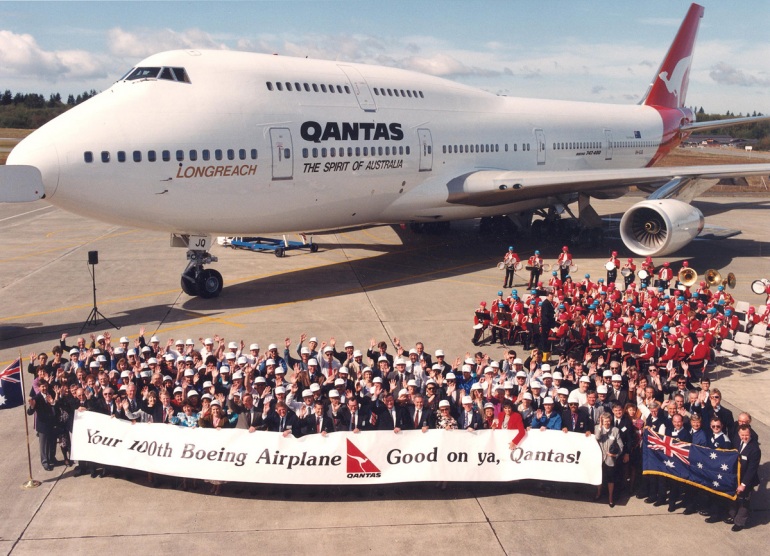
Source: Qantas
The government introduces the Qantas Sale Act ahead of the privatisation of the airline.
1993

Source: British Airways
The government sells a 25 per cent stake of Qantas to British Airways as part of the first step towards privatisation.
1995
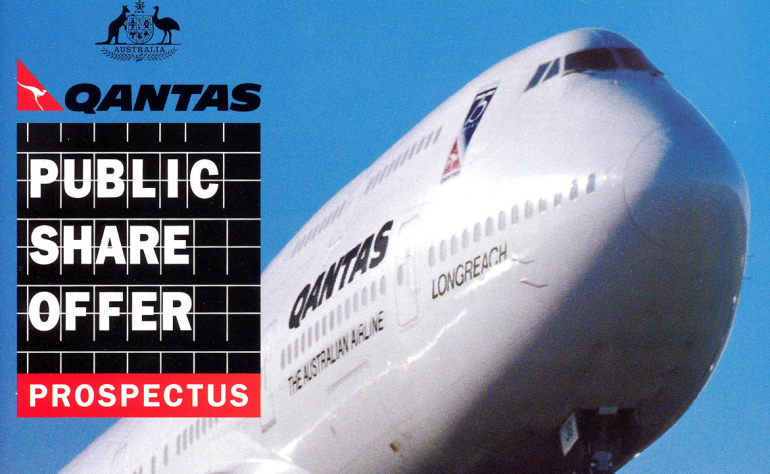
Source: Qantas
Qantas holds a public float to sell off the remaining 75 per cent stake in the company. Qantas lists on the Australian Securities Exchange on July 31, 1995.
2002
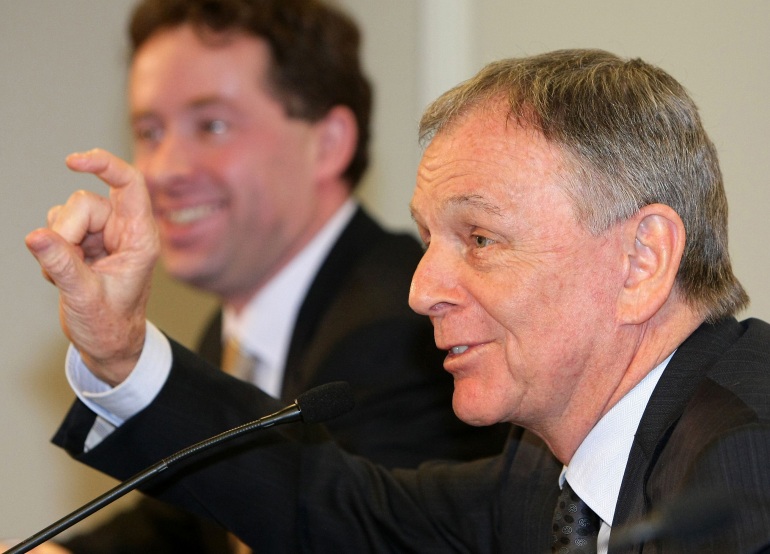
Source: AAP
Qantas lobbies for changes to the act. At the time, Qantas chief executive Geoff Dixon said in a statement:
“The point has been reached where the overall limitation on foreign ownership in Qantas is restricting the airline's ability to reach its full potential,"
"It also imposes an artificial ceiling on our share price and so increases our cost of capital.
"No other Australian company is subject to legislation that limits its access to foreign equity capital in this way. We believe that it should be sufficient to rely on the Foreign Investment Review Board to determine what is in the national interest, like every other company in the country."
The government later rejected Qantas’ appeal.
"Qantas is both conscious and proud of its status as an Australian icon. However, I fail to see how the national interest will be advanced by denying Qantas the opportunity to access much needed equity capital on a cost-effective basis in order to invest, grow and compete on the lopsided, harsh and unforgiving international playing field." Qantas chair Margaret Jackson said in a statement.
2006
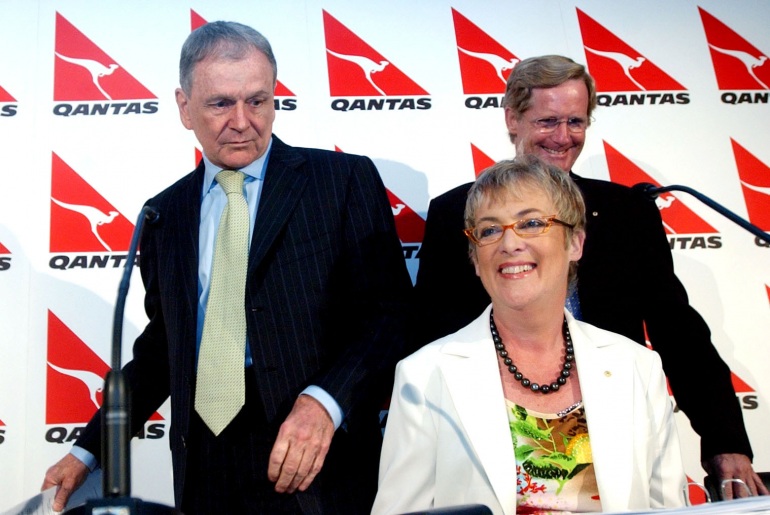
Source: AAP
The Qantas Sale Act comes back into play as a result of a takeover bid from a consortium of companies including Texas Pacific Group, Macquarie Bank, Allco Finance Group, Allco Equity Partners and Onex Corporation. The group structured itself to ensure that it complied with Qantas’s ownership regulations.
The bid ultimately falls through due to the companies failing to gain enough share of the airline for a takeover.
2009

Source: AAP
Labor revives the issue in a government white paper on the aviation industry.
The paper states: “The government has reviewed the additional 25 and 35 per cent restrictions on Qantas, and has decided to remove them. Removing them will not affect Qantas’s operations, nor provide any incentive or disincentive for Qantas to change its percentage of non-Australian-based staff or operations. It will, however, enable Qantas to enter into more substantial equity partnerships with foreign airlines than is currently the case”.
The government did not end up removing the restrictions as it was voted down in parliament.
2010

Source: AAP
Meanwhile, rival Virgin Australia begins to ramps up its operations, using foreign investment to expand the amount of domestic services it offers in Australia.
2013

Source: AAP
Virgin Australia’s foreign ownership shifts into overdrive. In December 2013, the company’s shares are split between four key shareholders: Etihad Airlines (19.9 per cent), Singapore Airlines (19.83 per cent), Air New Zealand (24.46 per cent) and Virgin Group (10 per cent).
In November, the new Abbott government revives the debate on the Qantas Sales Act, with Treasurer Joe Hockey flagging the that industry is “no longer a level playing field”.
2014

Source: AAP
Qantas flags 5000 job cuts and posts a first half loss of $235 million. The Abbott government announces that it will attempt to repeal part 3 of the Qantas Sale Act.
Got a question? Ask the reporters @HarrisonPolites and @_ChrisKohler on Twitter or leave a comment below.













